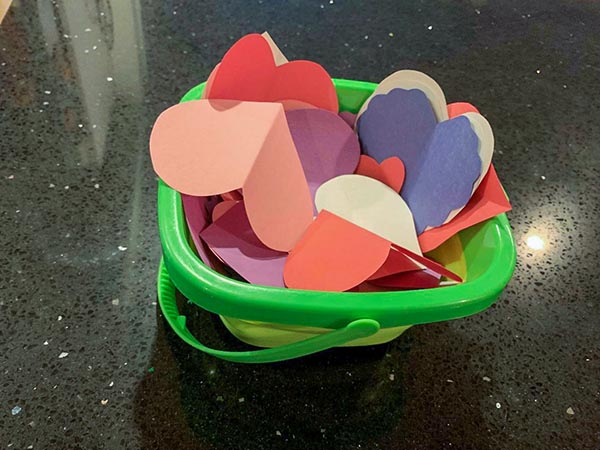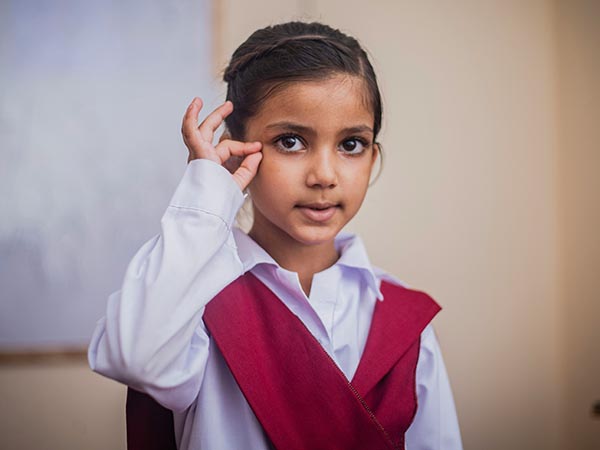A P.E.A.C.E. Perspective on Practical Problems
Topic: Peacemaking Concepts and Skills
Peace Education Curriculum development has a foundation of concepts and skills that promote peacemaking values. We begin with concepts – then select skills that can provide practice with a concept. We choose activities that are developmentally appropriate for the children to understand the selected concepts and skills. We invite you to add your ideas to the lists below.
Peacemaking Concepts:
- Inner peace
- Safe, respectful and inclusive atmosphere/environment
- Share power
- Celebrate diversity
- Civility
- Justice
Peacemaking Skills:
- Mindfulness
- Respectful two-way communication (active and reflective listening)
- Problem solving
- Conflict management
- Advocacy
- Noticing and observation
Examples for Practice:
| Concepts | Skills | Activities |
|---|---|---|
| Inner peace | Mindfulness | Yoga, Forest Bathing, Journaling, Quiet Time |
| Safe, respectful and inclusive atmosphere and environment | Communication (active and reflective listening) | Agreements |
| Share power | Problem solving | Agreements |
| Celebrate diversity | Noticing and observation | Self-portraits, same and different |
| Civility | Mindfulness, noticing and observation, advocacy | Teaching manners, anti-bullying, recognizing microaggressions, using respectful language, recognizing power issues |
| Justice | Advocacy, problem solving | Frame the problem with what is fair and unfair, speaking up for others |
Teaching Kindness

In my preschool classroom I wanted to encourage children to be kind and help each other. I made a container of construction paper hearts. When I noticed a child doing something kind or helpful, I would say what I noticed and give them a heart. For example, if I noticed Mary helping Alice find her jacket, I would give Mary a heart and say, “You helped Alice find her jacket.” I described what I saw; I didn’t attach a value to the action. I left that to the children.
The children started paying attention to what I was doing and started telling me kindnesses they saw or heard. I made the heart container accessible to the children so they could give out hearts too. At the end of the day, I sang a song about what I noticed during the day, and many of the kindnesses were mentioned by me at first, and then by the children.
It wasn’t a big deal, just one of the events to encourage the values of kindness and caring, instilling a gentleness into the classroom. [J. Daniels]
“Out On A Limb” – Together

I looked up into an old oak tree when I heard two six year old peace campers hollering at each other from up in that tree. It appeared that they both wanted to be in the same tree on the same limb at the same moment. It wasn’t working out for them, so they were starting to push and yell at each other. I told them it was not safe to be yelling and pushing each other in the tree. They would need to come down so we could talk about the problem. They came down with reasonable willingness and we started to talk.
I commented that since I saw pushing and heard yelling there must be a problem to solve. They immediately started calling each other names. I tried to get at the feelings behind the names, but the name-calling continued. Then I said firmly that we had a problem to solve and that calling each other names wouldn’t solve it. I said, “I think the problem is that you both want to be in the same place in the tree at the same time.” Both children agreed. I commented, smiling, “You both want the very same thing.”
They looked at each other and grinned. We had found “common ground” — a much needed component to problem solving. I asked who had an idea to suggest to solve this problem. One child suggested that they each go up different trees — not the original one at all. The other child then said, “And once we get up there we could wave to each other.” Clearly, pointing out their common ground helped these two children realize they really could be friends and they could solve the problem together.
Used with permission from “Hearing Everyone’s Voice,” edited by Hopkins.
The above story provoked some controversial thinking by a group of adult “Non-Violence” trainers. The issues were focused around power and how it was used within the structure of solving the problem. The adult used “power on” when a safety concern arose. Then she moved into “power for” as the children needed support in working out the problem. Finally, as the children really were working together to solve their problem, she backed off and let the children determine their own solutions. She was still connected with them and there for them, so that was a “power with” situation. [S. Hopkins]
Sign Language as a Peace Education Tool

One of my veteran teachers who was working on her bachelor’s degree was given 5 boys in her classroom one year. Each of the boys was labeled as a troublemaker, at all of 3 or 4 years old. She normally would have some children that struggled, but this particular year, there were more than usual. As part of her practicum experience, we decided that her project would be to teach the five boys important social skills.
First, we divided the class into two groups. Three of the boys were in one group; the other two boys were in the second group. She and I decided to have smaller and shorter circle times for the whole class. Then we decided to instruct the children in sign language so that they would have some special sign words to help with their emotions, and if they were signing, they could not hit at the same time. She discovered that one of the boys already knew some sign language from watching Sesame Street. She asked this child to teach sign language to the rest of the class. He agreed, and the child, with his new role of teacher, settled down and no longer disrupted the class.
As she worked with the two separate groups of children, she gave them the attention that they were craving, while creating a cohesive classroom where the children felt like they belonged in the group. The children could then focus on what was being taught and were much happier and peaceful. The year ended successfully, with the two groups able to function as a whole group. [D. Satterlee]
NOTE: We chose “Dear Olive Branch” as the title for this column for several reasons — foremost as a sign of peace. Also, olives come in many colors, sizes, tastes, uses — a sign of diversity just as there are many types of questions and those who send the questions. We hope “Olive’s” responses will help you, the reader. If you have a question for Olive use our contact form.Suggest Olive’s Next Topic
Please submit your ideas through our contact form. Please put OLIVE BRANCH in the subject line. Word range: 150 – 300 words.


